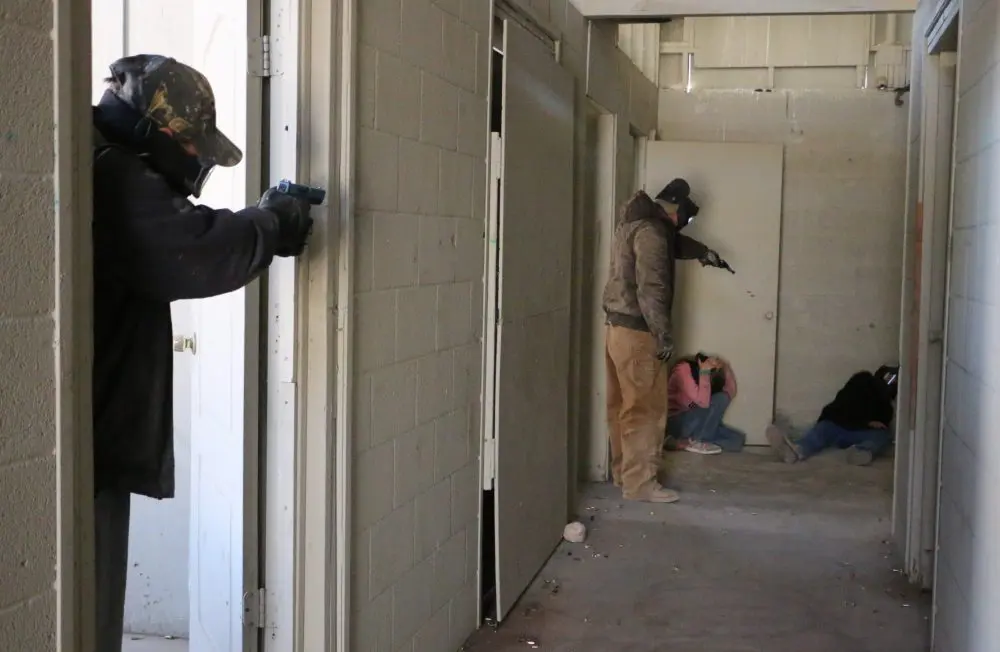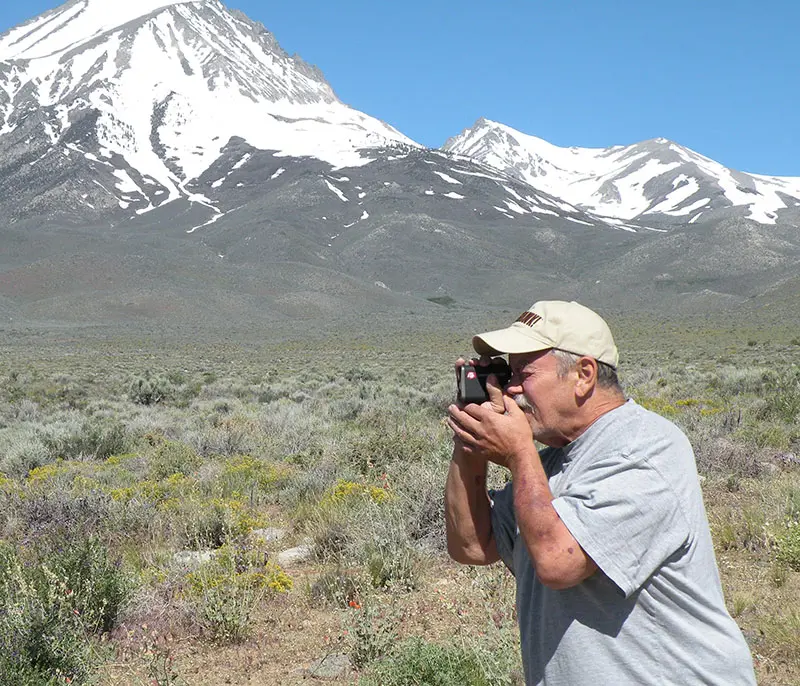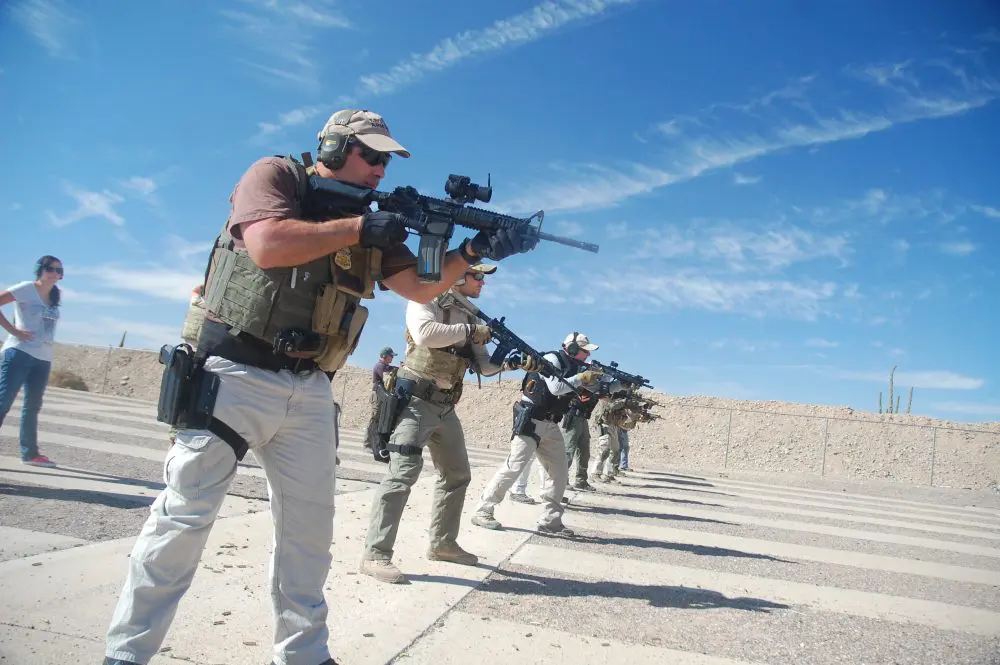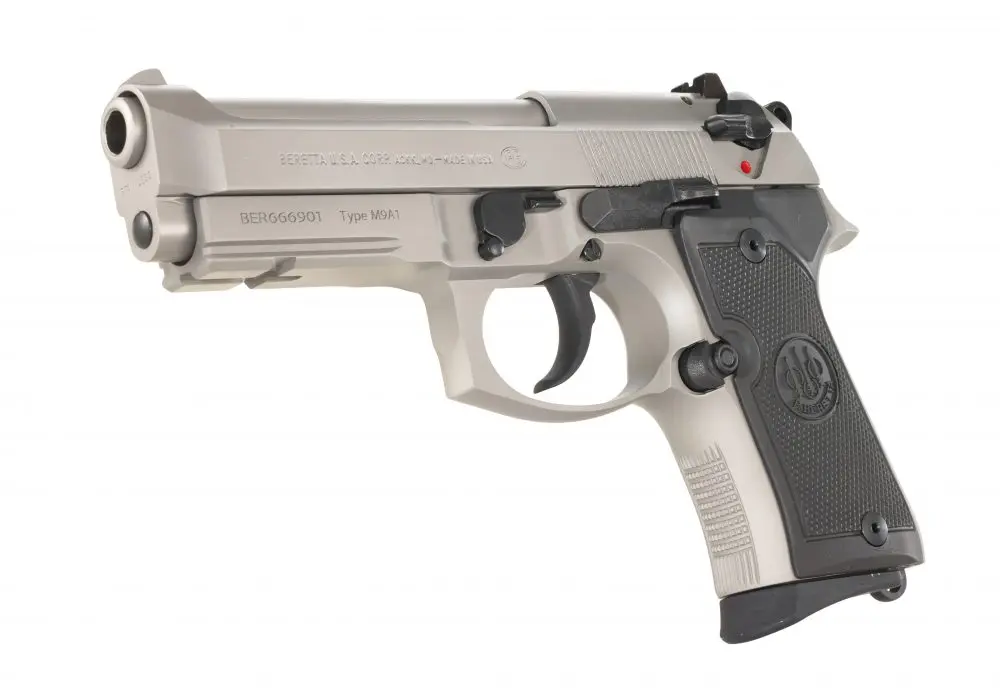Excessive rounds in the field can be problematic. First and foremost is the fact that in most cases the more rounds fired, the less hits realized. This may be the result of flawed training.
I am aware of certain courses of fire where instructors have taught students to empty magazines into targets. If you respond as you train, then this can be fraught with problems. This reflects a lack of experience on the part of the instructors more than anything else. Young officers are impressionable. They do not have the experience to separate the wheat from the chaff at an early stage of the game.
Another factor I come up against in court is the “sympathetic firing” (if you want to get real fancy, “fire contagion”) conundrum. One officer fires, so other officers fire. If one’s sole rationale for firing is simply that “the other guy fired,” this will lead to problems.
If Officer A fired inappropriately, then anyone else following his lead will do the same. It’s the classic lemming effect. One lemming just went off the cliff? Hell, we’ll all go!
I used to set up a specific scenario for officers coming into LAPD’s Metropolitan Division “new-guy school.” It was an eye opener to observe how many officers fired simply due to the fact that their partner had fired. The entire firing solution was a set-up to demonstrate that one can only fire based on what one personally observes, and nothing more.
In a recent incident caught on video, officers were engaging a barricaded suspect. Other officers were in front of one officer, who was moving back and forth behind a vehicle, somewhat lost in the moment. There were officers to his front and heavy smoke where the suspect was concealed. He stepped out from behind the vehicle and discharged his weapon at no apparent target. He then stepped back and was still lost in the moment. This is not fire discipline. He had no clearly defined target and endangered his teammates in the process.
I am also aware of incidents wherein officers have applied deadly force based on another officer having misstated the level of force needed. This is the “He’s got a gun …” when he doesn’t syndrome. Should Officer A be mistaken, he inadvertently takes Officers B, C and D down the rabbit hole with him.
Should someone state that deadly force is required, you must be personally aware that this is, in fact, the case. Critical incidents of a high order can easily result in such actions. Veteran officers tend to make fewer of these mistakes than younger officers simply due to their experience.
I am aware of shootings where officers fire an inordinate number of rounds and miss at very close distances. Eventually a “lucky” shot connects and the problem is over. When you query the officers and ask how they felt they performed, they might respond, “very well.”
Something is off here. If you’re missing with dozens of rounds, you are not performing well. The only thing that separated you from a catastrophe is the simple fact that the suspect was less skilled than you. If you march on with your career without serious reflection on an abysmal performance, you are trouble waiting to happen.
Hits count—misses don’t. Just because you have 16 rounds at your disposal doesn’t mean you have to use all of them. When the threat is ended, stop firing.
Fire discipline among groups can be problematic. In some instances, all officers perceive a viable threat and respond accordingly. This is in a sense force application by jury. All officers observed the same threat level posed by the suspect. All officers responded with deadly force. This is understandable, however, if each officer empties their respective weapons, this can raise issues.
Shootings often change in their complexity within fractions of a second. To reorient a weapon takes time. Recoil management takes time. Officers who ensure that shots fired in the field connect with their intended target generally experience a much higher hit ratio than those who spray and pray.
I have been on perimeter when others made entry into a location. In some instances, the shots fired were very rapid. The outcome was not always optimal. I have been in similar situations when the pacing of the shots was more deliberate. The shots were more accurately placed, there were fewer of them, and the outcome was almost always positive.
Speed is all the rage now. There are many silly videos of individuals rolling around and spinning and twisting and firing so many rounds Hollywood-style and so rapidly that one wonders if the barrels didn’t melt. (Curiously, they never seem to show the targets, where all these rounds impact, the distances involved, size of the targets, complexity of the problem, etc.) This is spin, marketing and pure hype—nothing more.
The funny thing is that many of these bozos touting their “newest and bestest” first-time-ever shooting system have no practical background whatsoever. They have never been in these situations for real. They have never had to explain their actions to the investigating entities and the courts. Sadly, others buy into this.
But these fancy instructors are not accounting for your actions—you are. The instructors do not have to answer to a department for policy adherence—you do. Mr. High Speed will not be under the microscope—you will. He will not show up in a court of law—you will.
Center hits in the field can be realized. They must, however, be trained to. Hosing rounds downrange with little thought to actual field application will take you down the wrong path. At ITTS, we have experienced remarkable results for those whom we have trained.
This was also the case through all the years I conducted training for Metro officers, who were involved in many encounters. They fired fewer rounds than those whom I had not trained. They experienced a much higher hit rate than field officers. The shootings were cleaner. The results were by design.
It takes less time to realize accurate center hits than to empty an entire magazine. It makes an expert witness’ job easier to explain your rationale for those shots fired. It is difficult for the opposition to make a case for excessive force or state that the suspect died “in a fusillade of rounds” or “a hail of bullets” when only one or two rounds were fired.
I am well aware that sometimes more rounds are necessary. But this is not the case in most instances. Fewer rounds and better hits result in cleaner, more professional shootings.
Scott Reitz is a 30-year veteran of the Los Angeles Police Department and the director of the highly acclaimed International Tactical Training Seminars. Course information and schedules are available at their website at www.internationaltactical.com. Looking Back, a free monthly newsletter, is available by email at [email protected].






